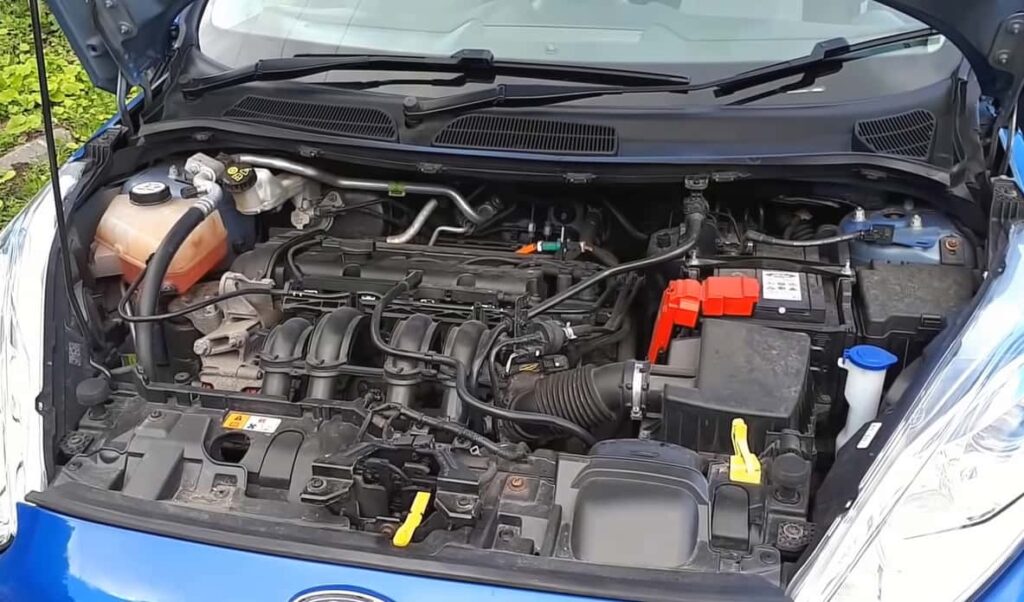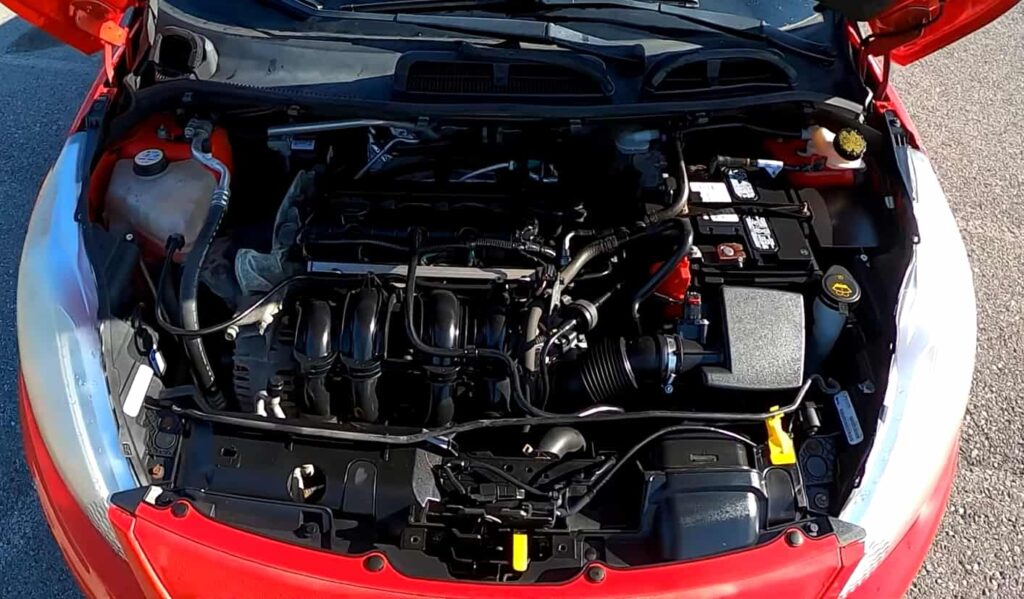It is never fun to experience Ford Fiesta manual transmission problems.
After all, the last thing you want to encounter when you are just about to leave home is an issue with your car.
But manual transmission problems do develop over time because of abuse, poor maintenance, and high mileage, to name a few. These are not very common, yet they do happen. What’s more, the issues are not quite from the transmission – it is usually because of some relevant components including the linkage, driveline and clutch assembly. These are important components that turn power from your transmission to your wheels.
However, it is also possible that the symptoms come from your transmission and then return from some unrelated parts of your vehicle.
With all these things in mind, let us have a look at the common manual transmission problems with the Ford Fiesta and what you can do about these. Let’s get started.

Ford Fiesta Manual Transmission Problems
When it comes to troubleshooting manual transmission issues with your Ford Fiesta, the first thing you need to do is to determine the actual cause. This way, you can target the root of the problem and make appropriate actions.
Here are the symptoms that your transmission is going bad: odd sounds, difficulty in shifting gears, leaking transmission oil, transmission tends to jump out of gear, and the car stuck in just one gear.
When you hear a loud or odd sound when you drive, it is possible that your transmission needs some oil. Hence, the internal assembly or gears end up humming or whirring. A loud transmission can also mean there is no sufficient oil, or you may have a lubricant that is contaminated with some particles or metal shavings. Hearing these noises in your transmission may mean the synchronizer may be broken or worn.
But there are also other reasons why your transmission may be making noises. For instance, you may have a misaligned transmission, your synchronizer is worn, the gears are worn out, and you have some metal shavings or contaminants in the oil.
At the same time, the noise may also be coming from the outside and may be a related source of the problem. When there is a thumping noise as you decelerate or accelerate, there may be a loose or even broken transmission or engine mount, broken or worn drive axle inner CV joint, or some issues with your differential case.
However, a knocking sound when you drive at a lower speed may be due to a fault in your CV joint or differential case.
There are also some concerns with the transmission making a grinding noise. What this means is that the clashing gears are generating this sound. It is often due to wear to the linkage, which is why an adjustment is required. Or, you may have a broken or worn synchronizer, as well as some issues with your bearing or rail shafts, or even the shift fork.
Yet, if the gears only tend to clash when you downshift, you may need to get your synchronizer checked since it is possible that there is excessive play at your output shaft end. Also, pay attention to the grinding noise that may be due to your dragging clutch.
If you notice that your transmission happens to jump into neutral, then it is likely because of a worn-out or damaged transmission. When you shift into a certain gear, yet the transmission goes to a different gear, you have a maladjusted or stretched shift linkage. You may have a broken transmission or engine mount, which can be caused by poor adjustment or loose external linkage. Hence, a repair or total replacement may be needed.
Next, when you have some difficulties with shifting, you need to check some potential components causing this. It could be due to loose or worn shift fork or shafts, transmission is misaligned, or synchronizer concerns. You may also be low in oil or perhaps, you are using the wrong type of oil.
As for a transmission stuck in gear, there is a need to fix your shifter assembly or linkage. Check for any concerns with your shifter arms, bushings, and rods, which may have some damage or wear. Other internal components that are also related to this problem include the forks, shift rail, and your synchronizer sleeve.
Do you notice that your transmission fails to get into gear? If this happens so many times, you need to check the shift linkage that may be loose or damaged. But there may also be some clutch issues. Perhaps, you are not releasing the clutch fully, or there are alternative issues involved. So, you also need to keep these things in mind.
A leak from your transmission may also be involved. You may have some loose bolts, a broken part or case, and sometimes, worn out or faulty gaskets are to blame. Check your transmission case and inspect the oil level. If the leak occurs right after you have replaced your oil, it is possible that you have put more than what is needed.
Summary

The Ford Fiesta is generally a reliable, compact vehicle. It is suitable for city driving, as well as some long distance driving.
Yet, there are cases when the transmission may start to have issues, especially when related parts are affected. There are internal and external components subject to wear and tear, as well as some loose connections and damages. So, you may begin to observe some odd noises, failure in engaging the gears, or just some general difficulties in driving your vehicle.
If you notice some symptoms, it is best to take action before things get worse. This is why you need to take your vehicle to your dealership and have these problems resolved to avoid further concerns and more costly repairs.